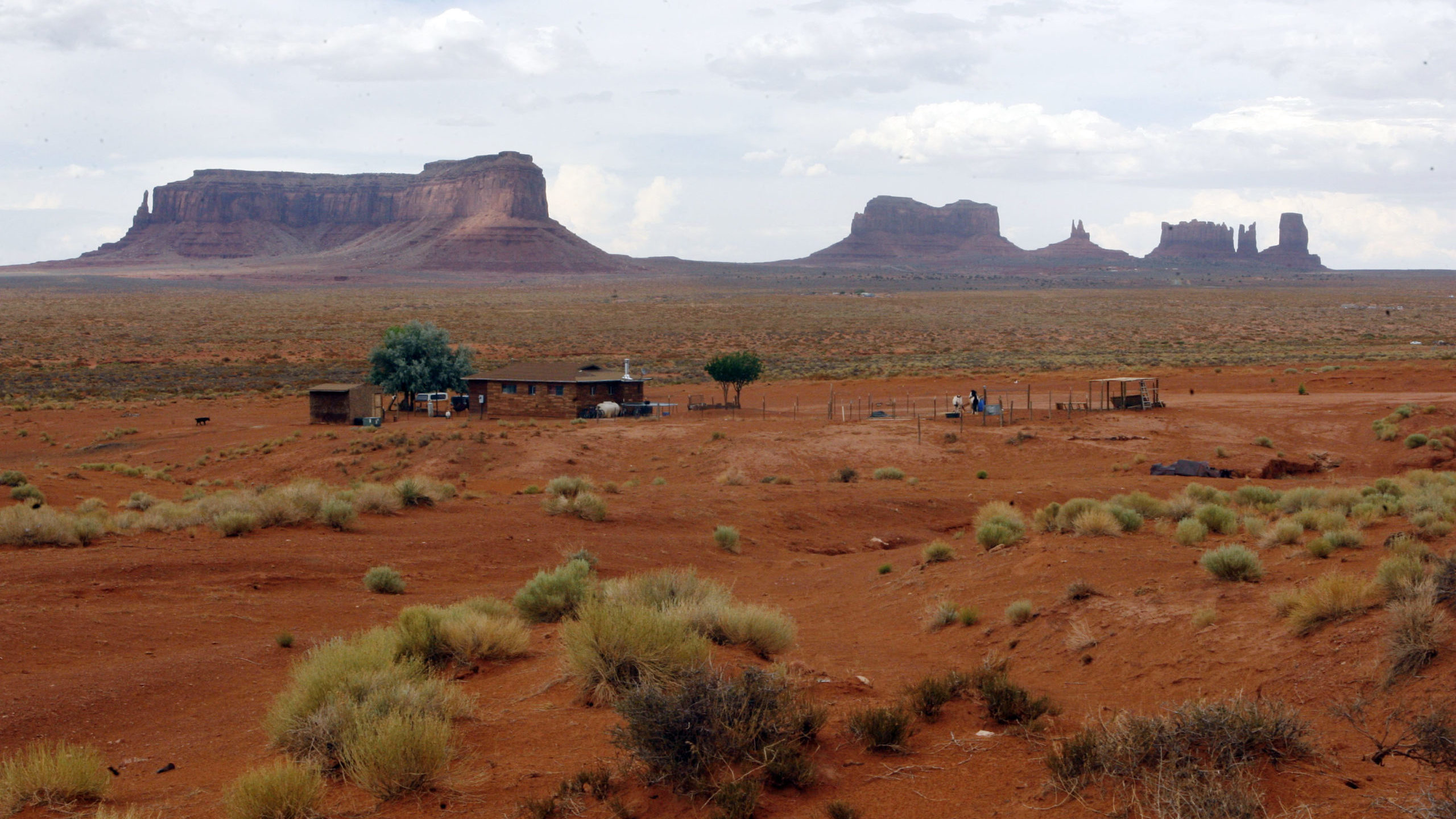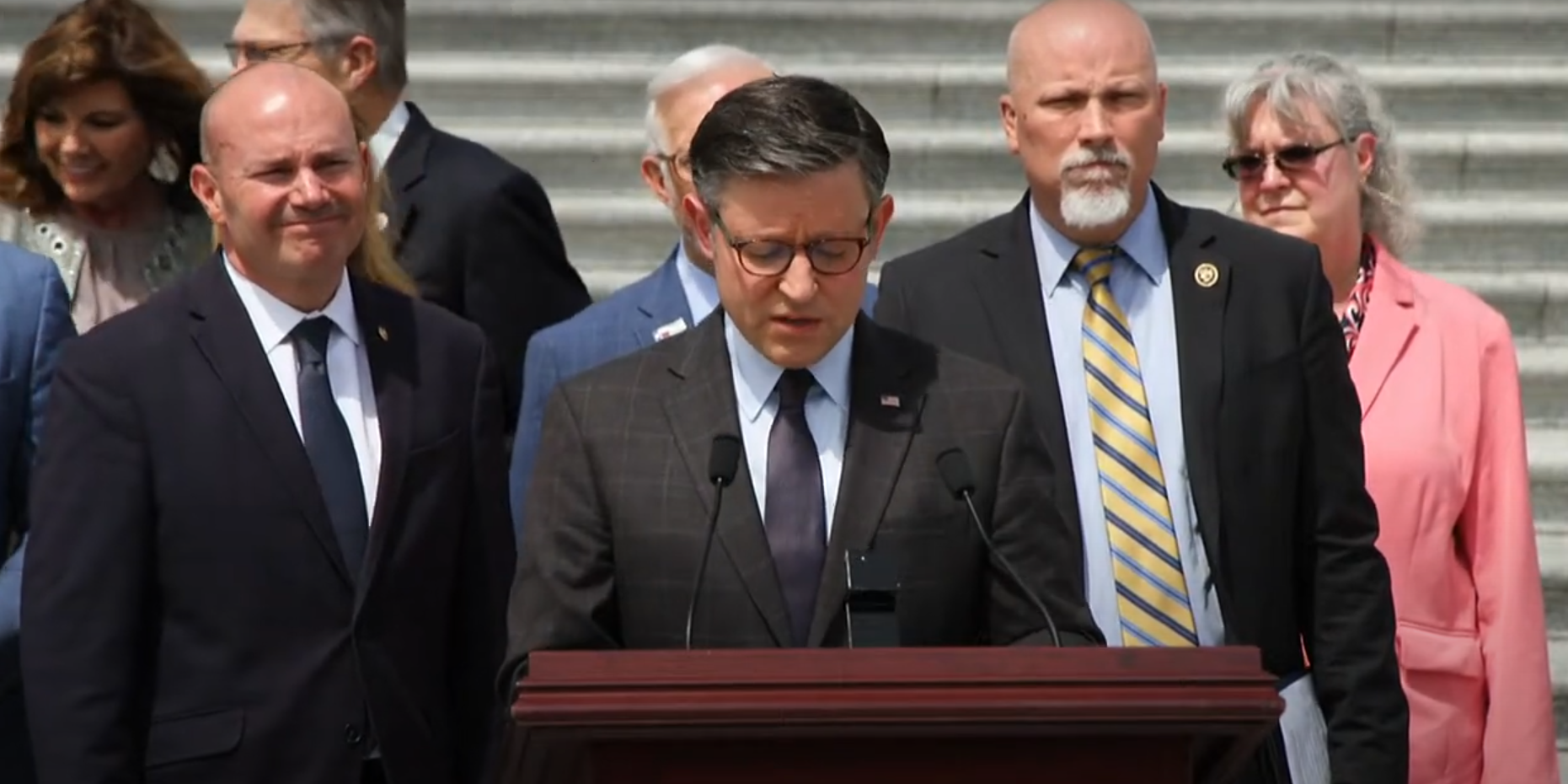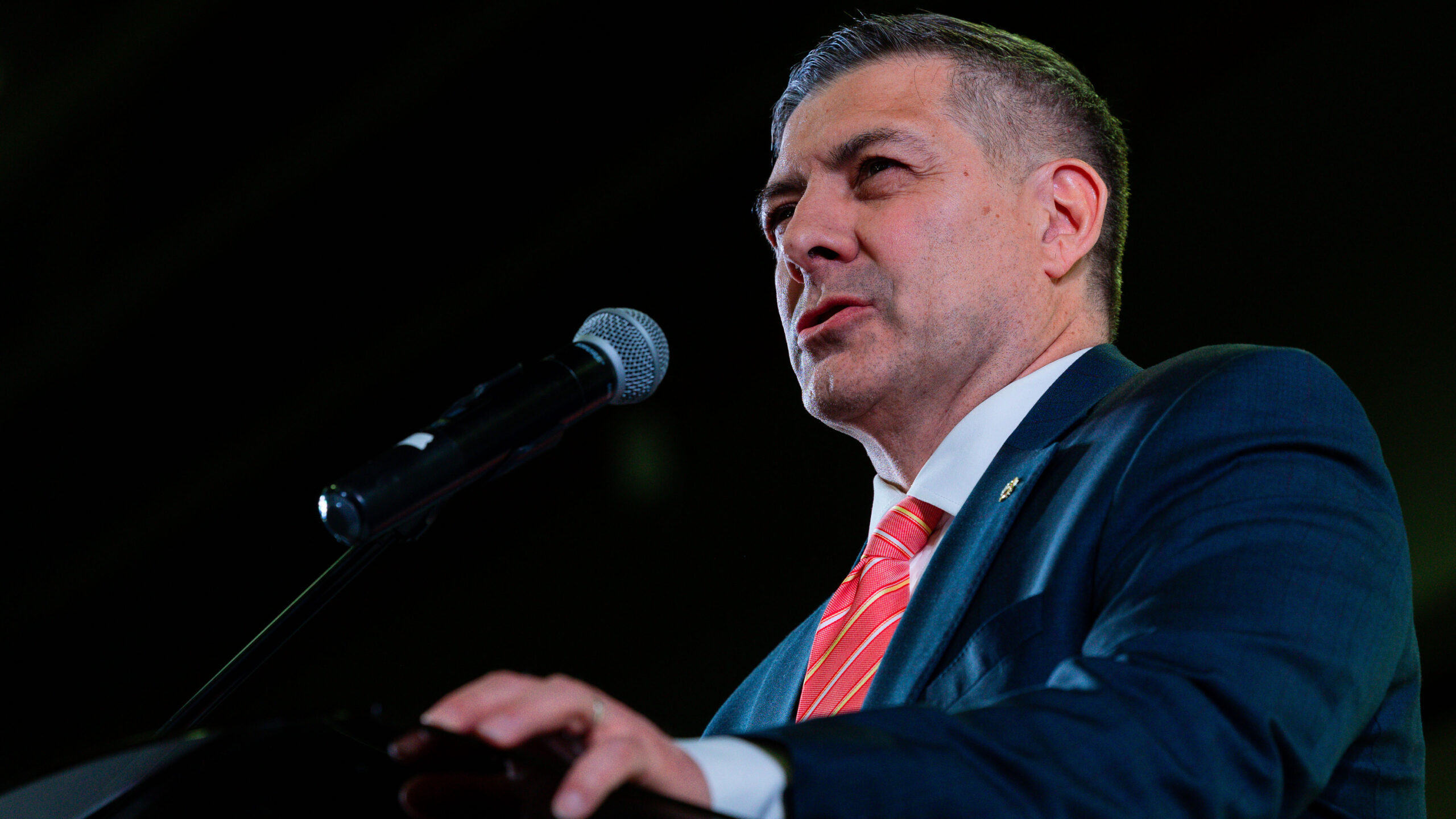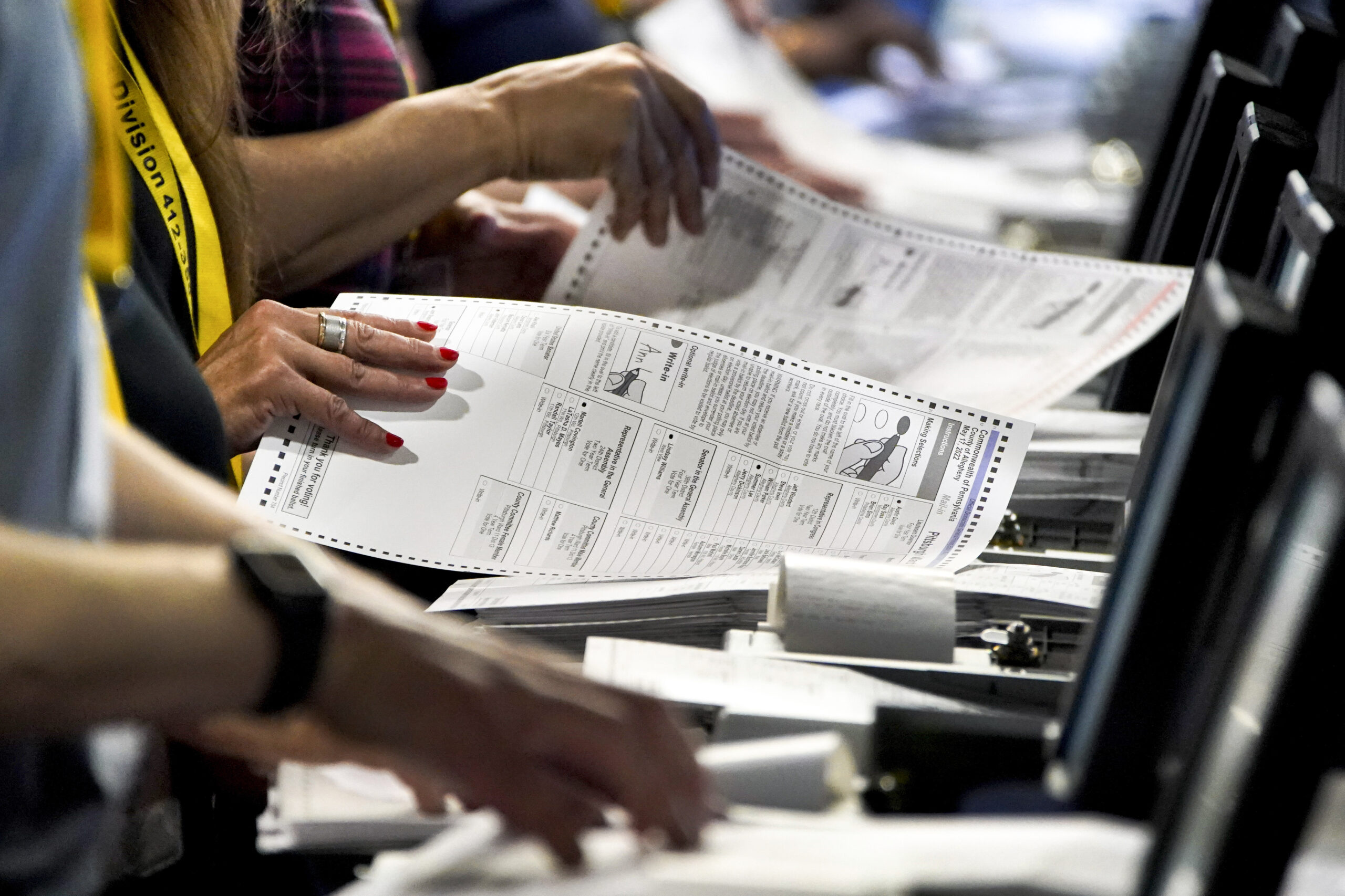Navajo Nation disappointed with their loss in the Supreme Court
Jun 24, 2023, 9:00 AM

FILE- A lone home sits on the Navajo Nation reservation in Monument Valley, Utah Monday July 18, 2006. (Deseret News)
(Deseret News)
SALT LAKE CITY — The Navajo Nation took a hit this week after the Supreme Court ruled against its suit seeking aid in securing the Tribe’s water needs. The Tribe asked that the government help assess their needs and develop a plan to meet them.
Heather Tanana, assistant professor at the SJ Quinney College of Law at the University of Utah, told KSL that she was disappointed with the ruling. Tanana is a member of the Navajo Nation. She said hopes were high surrounding this suit after a win in the Supreme Court last week regarding the Indian Child Welfare Act.
Related: Supreme Court preserves law that aims to keep Native American children with tribal families
“After that decision was issued, I had been pretty hopeful that the court would find an enforceable federal law responsibility to tribes,” Tanana said.
“Unfortunately, that ended up not being the case.”
The Navajo Reservation spans 17 million acres across the Colorado River Basin. Most of it lies within the borders of Arizona. However, it also fans out past the borders of Utah and New Mexico. Therefore, the Tribe gets a lot of their water from the Colorado River.
But, so do the states surrounding it. To protect their interests in the dissipating water from the Colorado River, Arizona, Nevada, and Colorado intervened.
The Supreme Court threw out the Navajo lawsuit with a vote of 5-4.
The Navajo Treaty of 1868
The arguments in this dispute came down to the difference in interpretations of the 1868 treaty.
The United States and the Navajo Tribe signed the 1868 treaty to end “all war between the parties.” The treaty “set apart” land for the “use and occupation of the Navajo Tribe of Indians.” It did this while allowing U.S. officials to live on their land and oversee the United States’ obligations to the Tribe. Among these obligations was the Tribe’s right to use water encompassing the reservation’s borders as they saw fit.
In their ruling, the justices said that the legal interpretation of the 1868 treaty did offer the Navajo Nation rights to the water to accomplish the purposes of the Navajo Reservation, but “did not require the United States to take affirmative steps to secure water for the Tribe.”
Tanana disagreed with this interpretation, saying “the court took a very literal interpretation of the treaty and didn’t really consider the historical context in which it had been entered into.”
The Navajo Nation needs water
Through the treaty, the Navajo Nation received land meant to become a permanent home for the Tribe and its people. Tanana believes water plays a crucial role in the permanence of this home.
“Out in the west, water is critical not just to the health and welfare of the community but (to) economic development as well,” she said.
“(The) Navajo Nation experiences severe water insecurity and challenges.”
Of the hundreds of thousands of people living on the reservation, 30% are without running water. In addition to a lack of water, Tanana said the quality of the water is a growing issue.
“The quality of water on Navajo Nation as well has really been deteriorated, contaminated from uranium mining and other development,” she said. Development, she said, that “the federal government promoted and yet didn’t clean up.”













